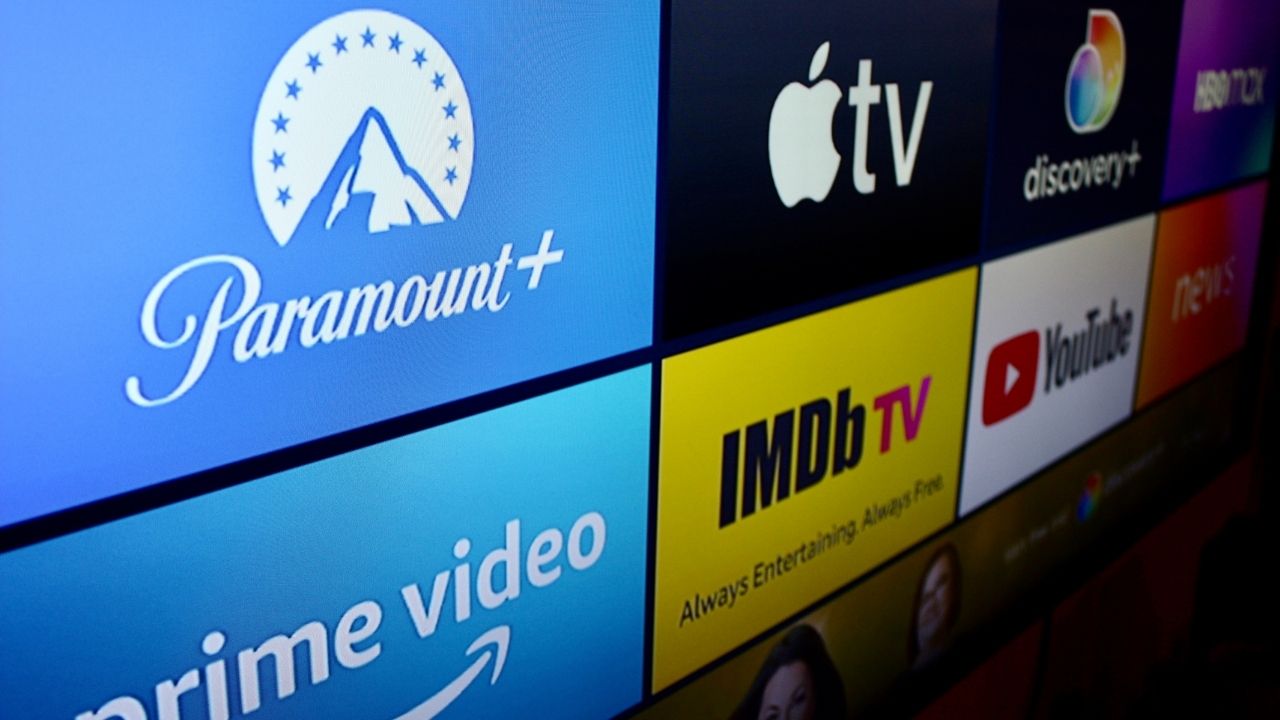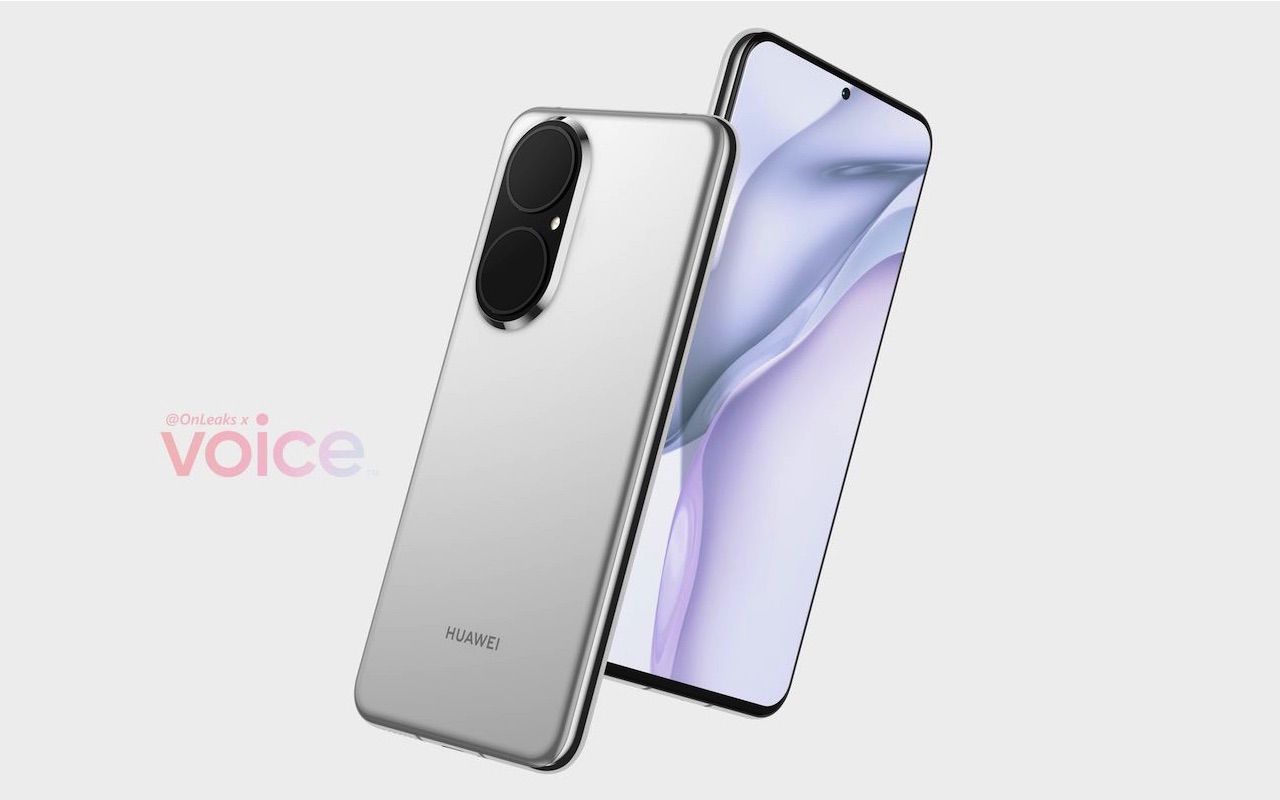I'm here for the Huawei P50's gigantic, ridiculous camera modules - Android
Huawei may defy market challenges in 2021 with ludicrously huge image sensors.
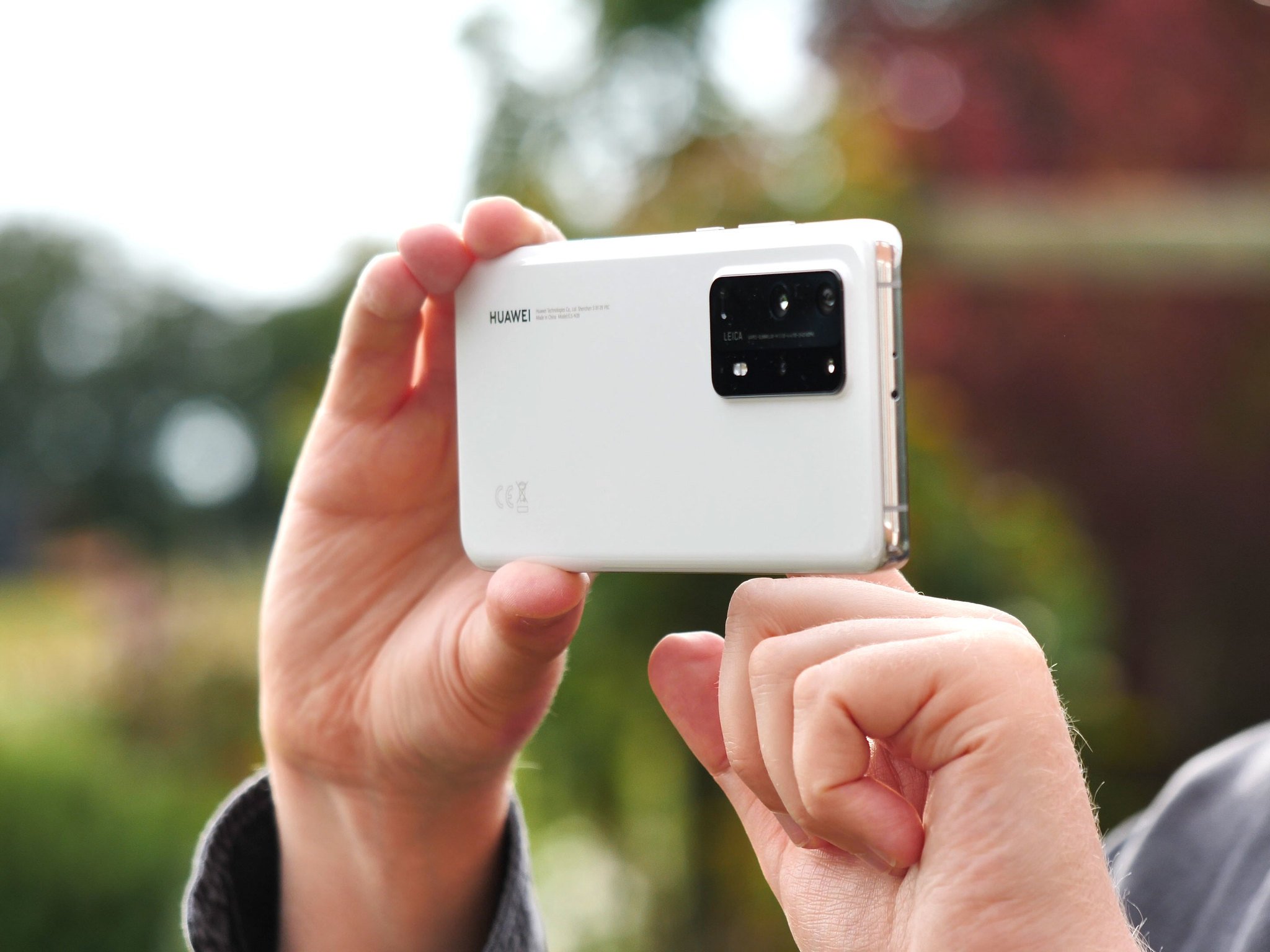
For around $1,200, Sony will sell you its RX100 VII compact camera — the latest well-reviewed entry in its popular RX100 series, which uses 1-inch image sensors. The series is considered to have produced some of the best enthusiast-level point-and-shoots, and I even used the original RX100 to cover product launches and trade shows back in 2013.
In a few months, Huawei might be preparing to sell a phone that packs up to two sensors of that same size. The latest leaks from the reliable Steve Hemmerstoffer (aka OnLeaks) suggests a 1-inch sensor may be on the cards for the P50, potentially Sony's rumored IMX800 series. Given the size of the module shown in the accompanying CAD renders, it's even possible two such sensors may be used — likely for the wide and ultrawide cameras — potentially giving Huawei a major advantage over current flagship phone cameras. Bigger sensors capture more light, and more light means better photos.
While the comparison between the P50 and RX100 isn't entirely fair or accurate — one of them is a dedicated camera, after all — the juxtaposition does underscore the dizzying pace of progress in smartphone camera tech. And as the world starts to open up again, I'm eager to get my hands on this phone and this camera array — even if the lack of Google services means I could probably never use it as my main device.
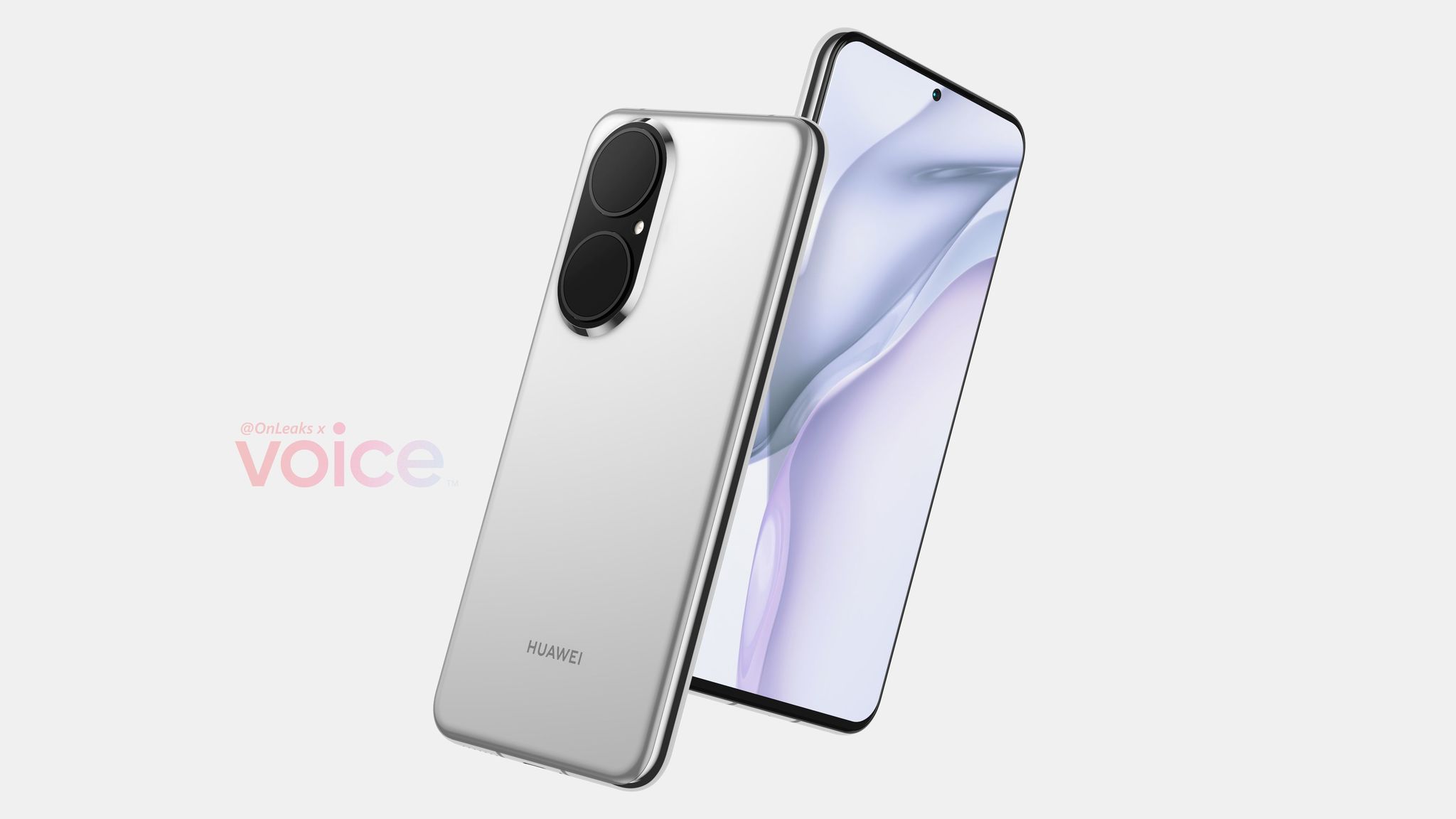
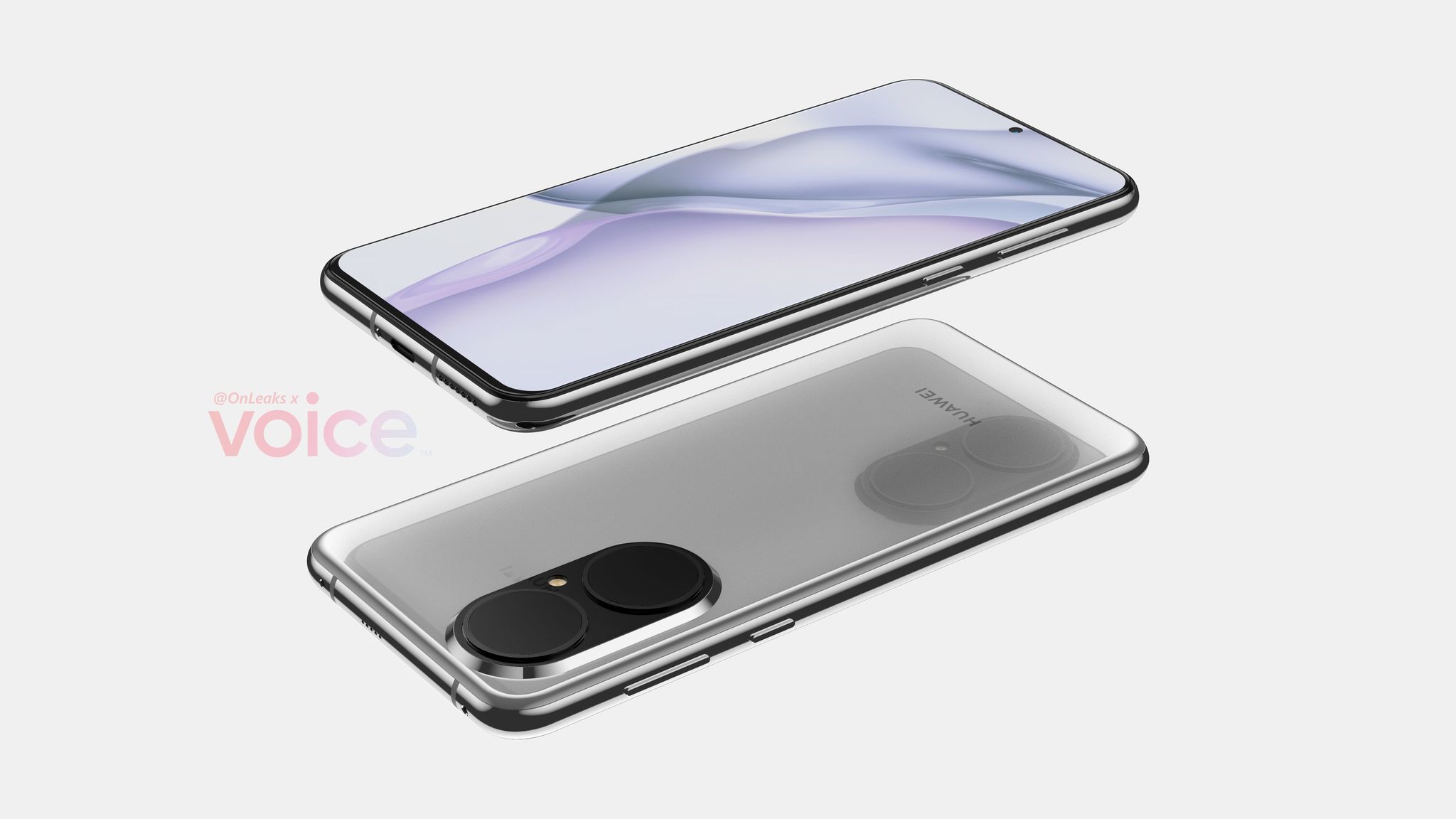
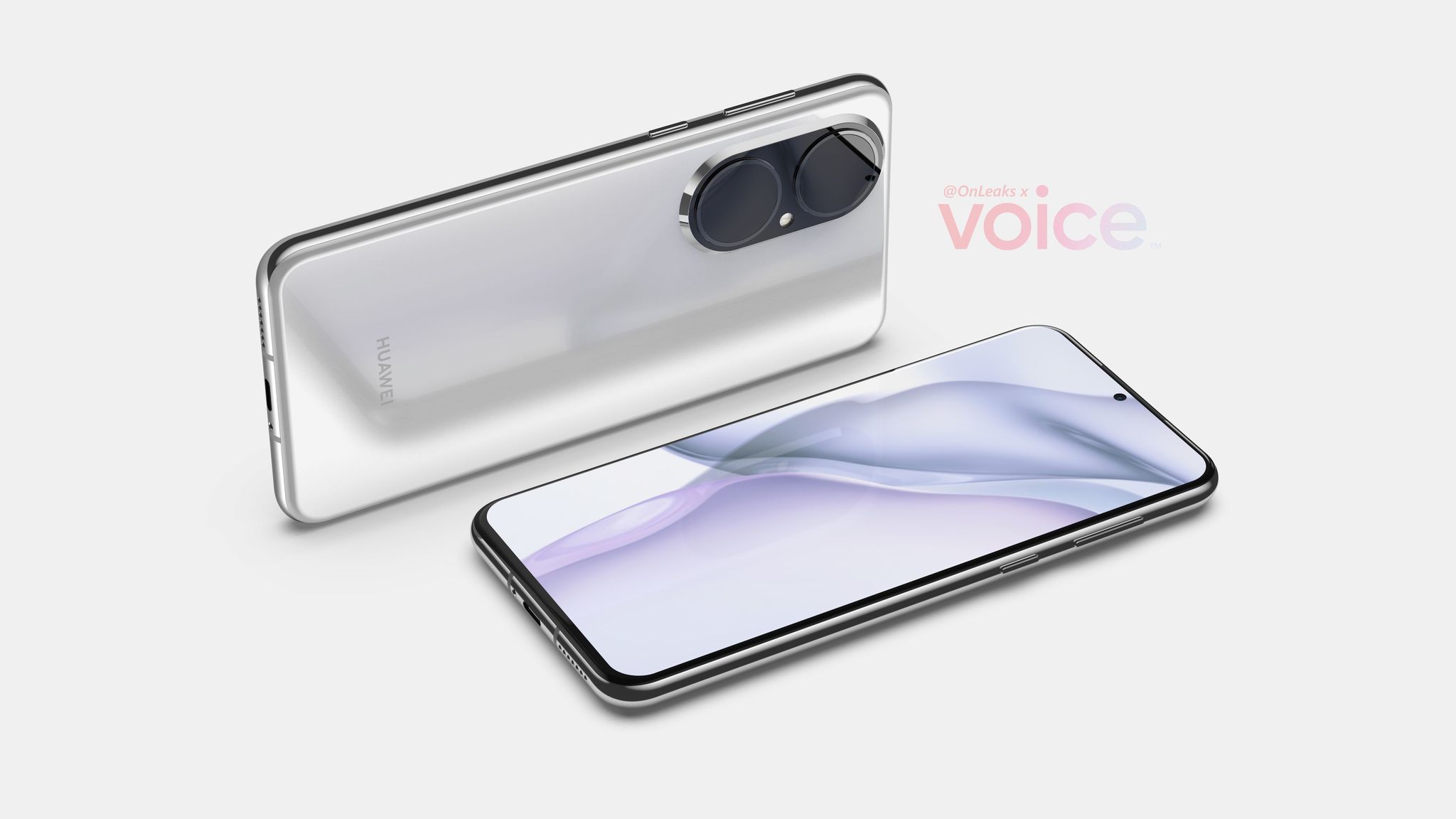
The sensor in Huawei's next flagship phone could be the same size as Sony's RX100 standalone camera.
Camera hardware and software have been a major area of focus for Huawei over the past half-decade, since it partnered with German camera maker Leica back in 2016. That partnership took time to build momentum but eventually brought us the first high-quality night mode in a phone (2018's P20 Pro) and 5X periscope zoom camera (2019's P30 Pro). And last year, even as it wrestled with U.S. sanctions, Huawei and Leica brought us the first double-periscope superzoom camera, enabling 10X optical zoom in the P40 Pro+.
The jump to a 1-inch sensor in the P50 series is a natural next step — Huawei's previous flagships used custom 1/1.28-inch sensors — and a significant milestone in that it matches well-known and well-regarded prosumer point-and-shoots.
The potential use of two 1-inch sensors in the P50 is an equally big deal. As we've seen from the recent Oppo Find X3 Pro launch, using the same large, high-quality sensor in both the wide and ultrawide cameras makes it easier not just to ensure colors are matched between the two, but also to deliver a high-quality video experience. An ultrawide camera, obviously, gives a wider field of view, thus avoiding the cropped-in effect you see in most phone cameras when shooting 16:9 video on a 4:3 aspect main sensor. (Huawei is also no stranger to that idea, having debuted a "Cine Sensor" in the Mate 30 in 2019, though with a smaller sensor size.)
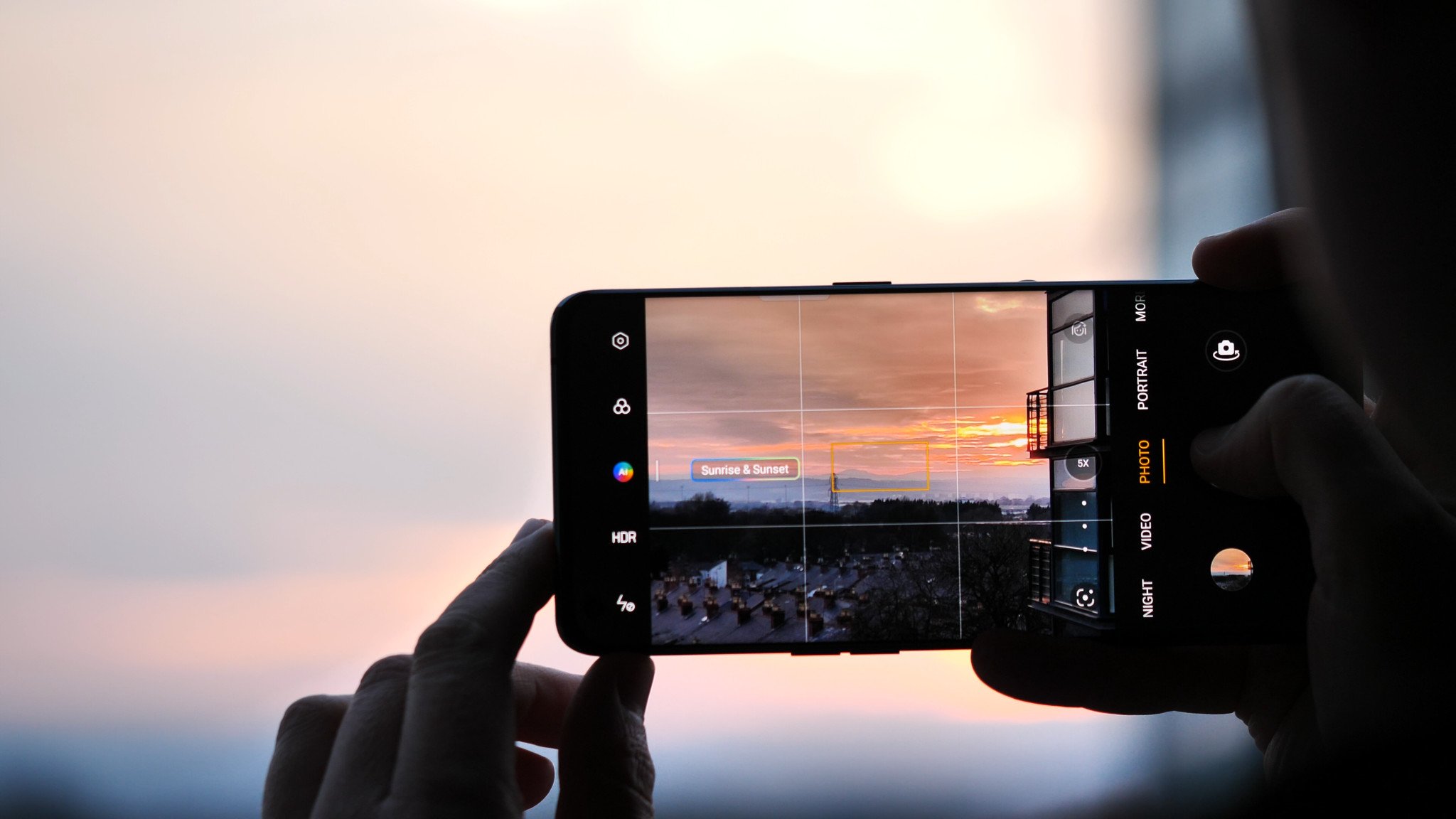
That's a solid foundation for a great camera setup, regardless of how the P50's telephoto zoom capabilities shake out.
Twin 1-inch sensors would be a dream come true for mobile videographers.
As such, if the rumors are anywhere near accurate then Huawei could well dominate in terms of smartphone photography in 2021. Of the major competitors, only Samsung, with its 1/1.33-inch, 108-megapixel sensor, comes close to what Huawei is likely to be shipping in just a few months. In a different time, that'd be enough to rank the P50 or P50 Pro among the best Android phones and ensure barnstorming sales in every major market.
But Huawei's situation is unlike any of its competitors. This year marks the transition to HarmonyOS, its not-Android-but-Android-compatible operating system — completing the exodus from Google Android that started in 2019. Despite Huawei's best efforts, and many meaningful improvements to its software ecosystem over the past couple of years, Android without Google remains a hard sell in the West. And it may only be a matter of time before chip shortages start to bite, with Huawei sitting on a finite supply of Kirin 9000 SoCs.
Nevertheless, based on what we're seeing from these latest leaks, there's certainly a place for the P50 as a device that's a camera just as much as (if not more than) it's a phone. If the P50 Pro or Pro+ can pair a groundbreaking set of primary cameras with some solid upgrades upon last year's telephoto offerings, it could be a device worth picking up regardless of whether it's your primary handset.
This is a make-or-break year for Huawei. But regardless of how things pan out, it seems obvious that Huawei is doubling down on the P series' photographic focus. And even if the back of the P50 looks just a little bit silly, such a milestone in phone camera tech could leave rivals with a case of camera envy.
15/03/2021 12:00 PM
All you need to know about ads on Paramount Plus
15/03/2021 06:00 PM
Huawei P50 image renders surface online
15/03/2021 04:32 AM
Motorola Moto G8 + G8 Power Starts Getting Android 11 Update
15/03/2021 08:17 PM
Facebook sextortionist sentenced to 75 years in prison
15/03/2021 07:04 PM
Walmart gets ready to release an Android TV stick
15/03/2021 04:46 PM
Samsung Releases March 2021 Security Patch For The Galaxy Z Fold 2
15/03/2021 01:02 PM
Microsoft outage affects Teams, Azure and Xbox Live
15/03/2021 10:32 PM
- Comics
- HEALTH
- Libraries & Demo
- Sports Games
- Racing
- Cards & Casino
- Media & Video
- Photography
- Transportation
- Arcade & Action
- Brain & Puzzle
- Social
- Communication
- Casual
- Personalization
- Tools
- Medical
- Weather
- Shopping
- Health & Fitness
- Productivity
- Books & Reference
- Finance
- Entertainment
- Business
- Sports
- Music & Audio
- News & Magazines
- Education
- Lifestyle
- Travel & Local
